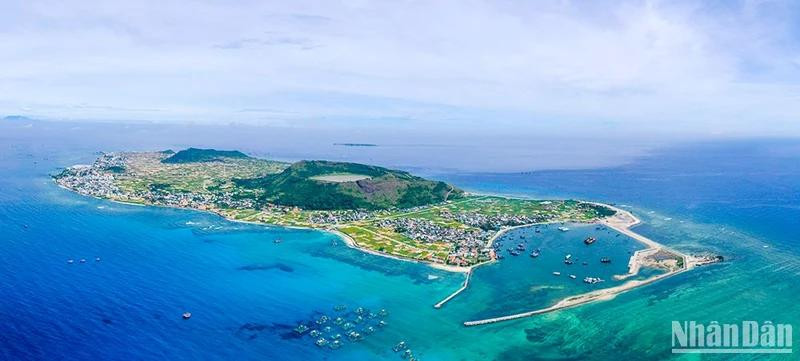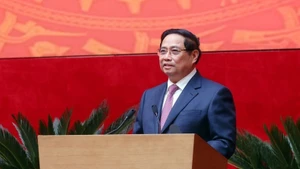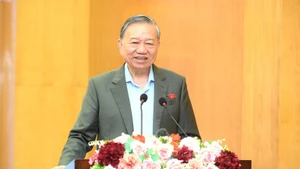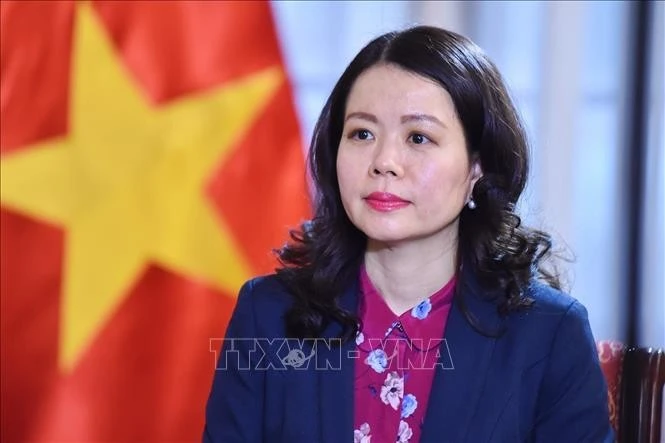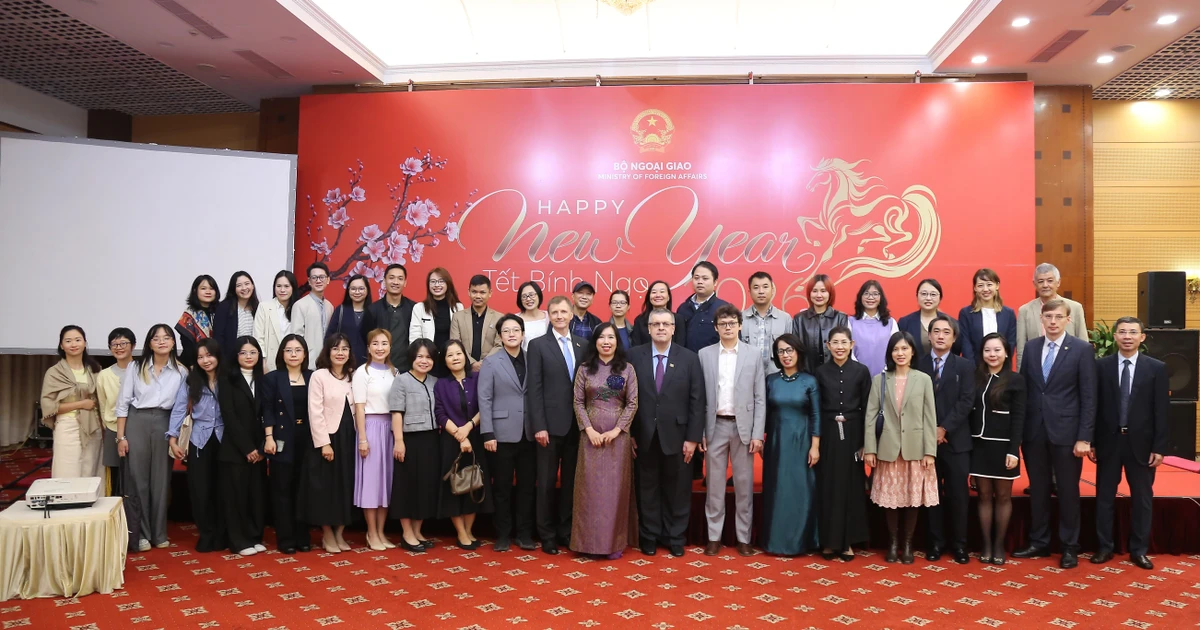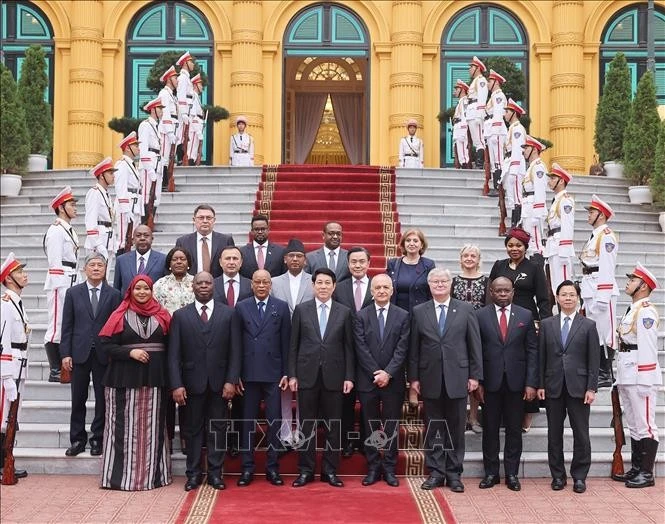Located to the northeast of Quang Ngai Province, Ly Son is about 15 nautical miles offshore. It has an area of approximately 10.39 square kilometres and a population of over 22,000.
Ly Son District was officially established on January 1, 1993, pursuant to Decision No. 337 (dated September 21, 1992) by the Council of Ministers (now the Government) based on the entirety of the area and population of the two communes Binh Vinh and Binh Yen in Binh Son District. Later, Binh Vinh and Binh Yen were renamed Ly Vinh and Ly Hai.
In 2003, the commune of An Binh was established, covering an area of 69 hectares with 398 residents, by separating it from Ly Vinh. At the same time, Ly Vinh and Ly Hai were renamed An Hai and An Vinh, respectively.
In early 2020, the National Assembly Standing Committee issued Resolution 867, dissolving the local governments of the An Vinh, An Hai, and An Binh communes. Since then, Ly Son became the only district in Quang Ngai Province without any commune-level administrative divisions.
As a frontier island district of the country, Ly Son plays an important role in safeguarding national maritime sovereignty and has great potential and advantages in natural, historical, and cultural tourism resources. Therefore, Resolution No. 26-NQ/TW of the Politburo designates the development of Ly Son into a marine and island tourism centre. This serves as a premise and foundation for Ly Son to further promote socio-economic development while ensuring national defence and security in this frontline island district.
Along with reorganising Ly Son into the Ly Son Special Zone, Quang Ngai Province is also restructuring 169 out of 170 communes, wards, and townships in its 12 districts, towns, and cities into 54 new communes and wards. Meanwhile, one administrative unit already meets the criteria for natural area and population size and will remain unchanged.
After reorganisation, Quang Ngai Province will have 56 commune-level administrative units (including 49 communes, 6 wards, and the Ly Son Special Zone), achieving a reduction rate of 67.65% — down by 115 units from the original 170, reaching a reorganisation rate of 32.35%.
